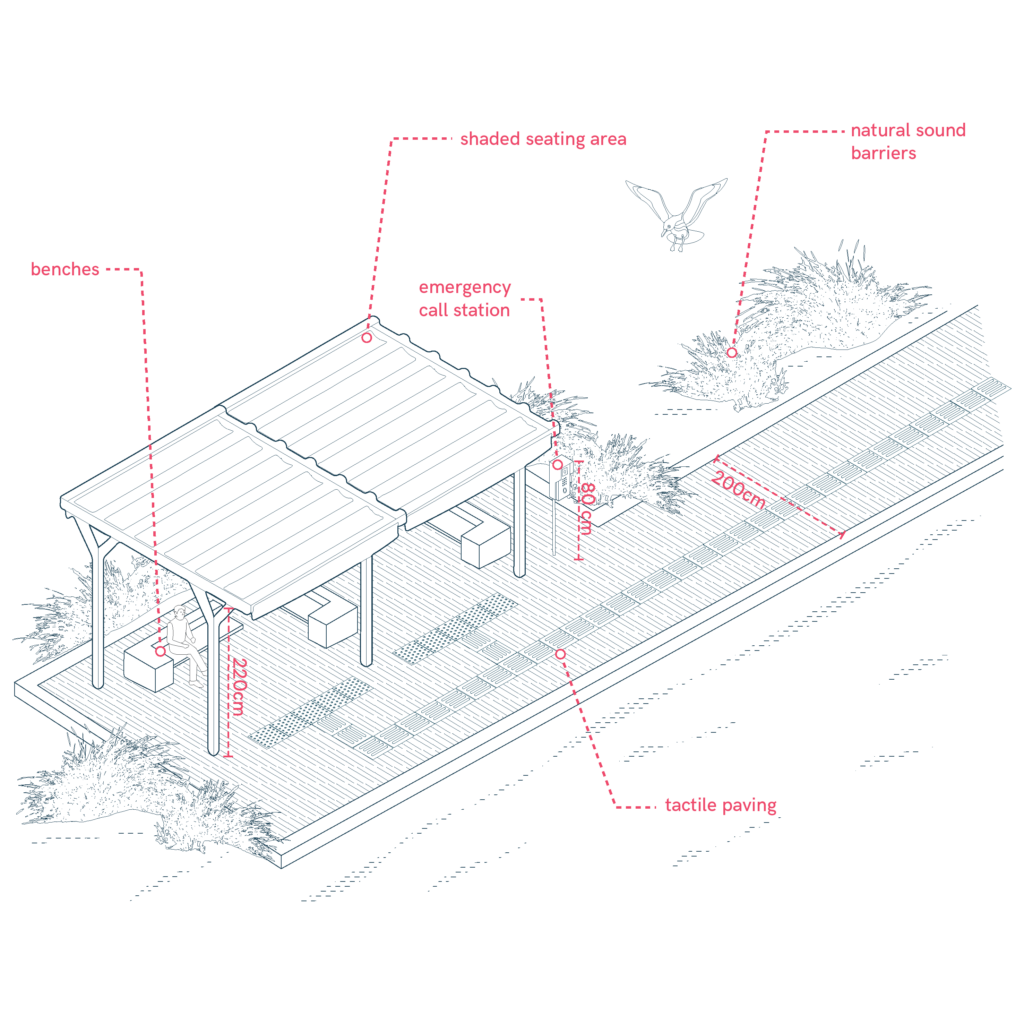Comfort and Safety Enhancements
A truly inclusive beach experience goes beyond accessibility by incorporating comfort and safety features that cater to the diverse needs of visitors. These enhancements should foster a welcoming and secure environment for everyone to enjoy the beach without physical or sensory barriers.

- Design shaded seating areas with ergonomic features, such as chairs with armrests and back support, to accommodate people with disabilities, seniors, and families. Ensure these areas are accessible via pathways and provide space for wheelchairs or mobility aids.
- Create quiet zones or low-sensory spaces using natural sound barriers like dunes, vegetation, or wooden fences. These zones provide a peaceful retreat for those sensitive to noise or crowds.
- Install emergency call stations or signage with emergency numbers in accessible locations, ensuring that visitors can quickly access help if needed.
- Use weather-resistant materials for seating, pathways, and amenities to maintain safety and comfort in varying conditions.
- Incorporate features like tactile paving for those with visual impairments and sensory elements, such as textured surfaces or audio cues, to guide visitors along pathways.
Sources
- Carers
- Children
- Cognitive
- Cognitive abilities
- Decolonial perspective
- Digital
- Digital barrier
- Enviroment
- Environmental
- Gender and generations
- Gender perspective
- Hearing impairment
- Low-education
- Low-income
- Older people
- Other
- Physical abilities and features
- Sensory and Physical
- Socioeconomic
- Visual impairment